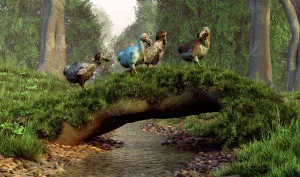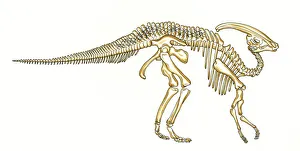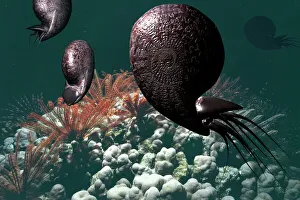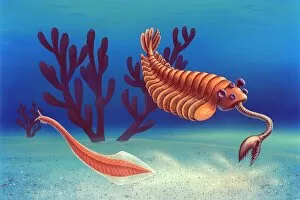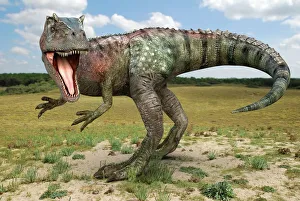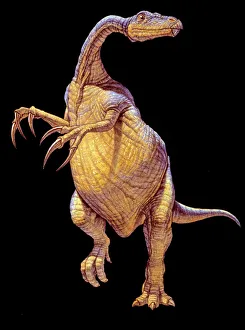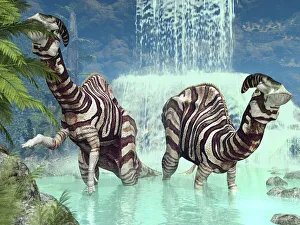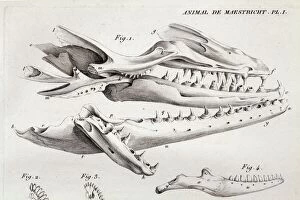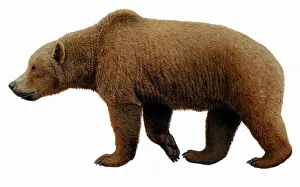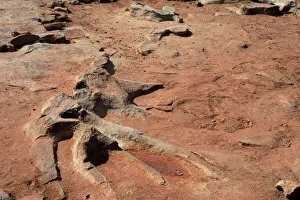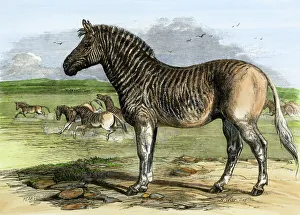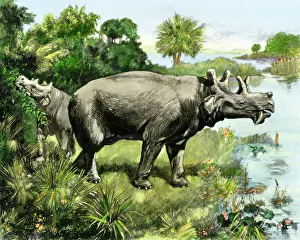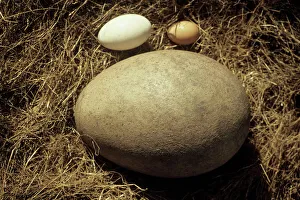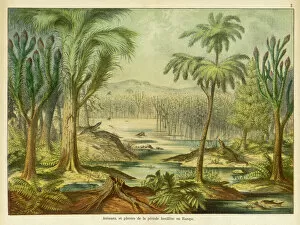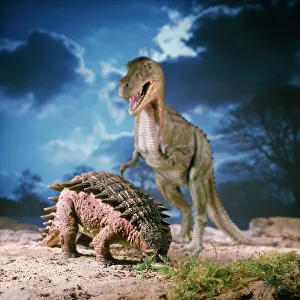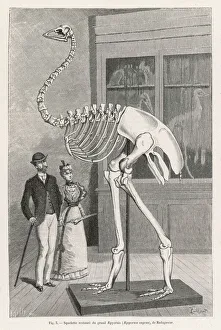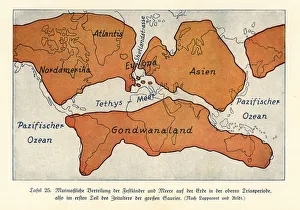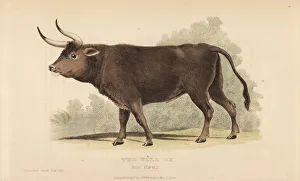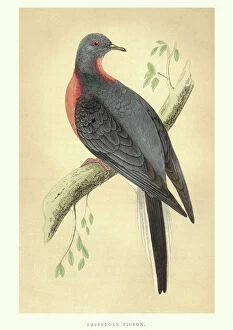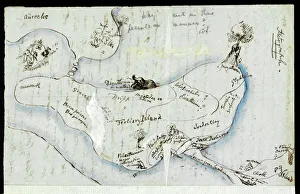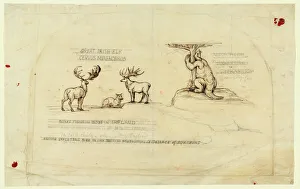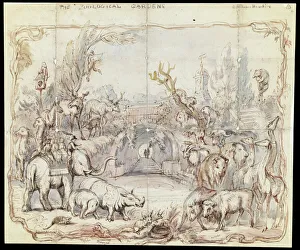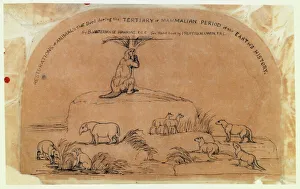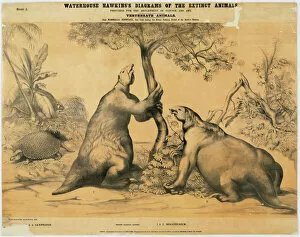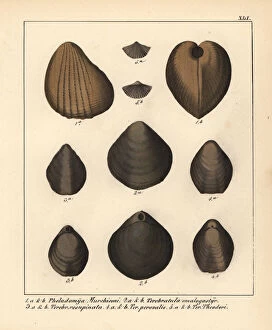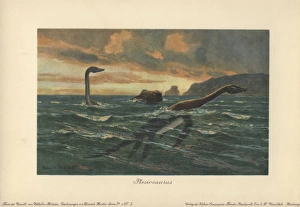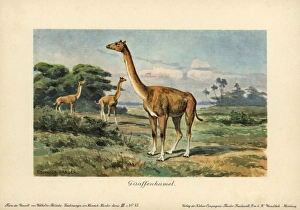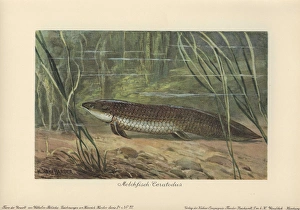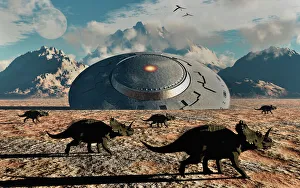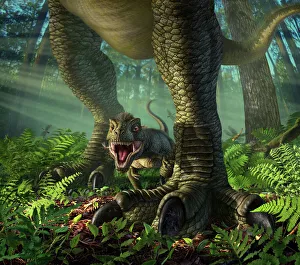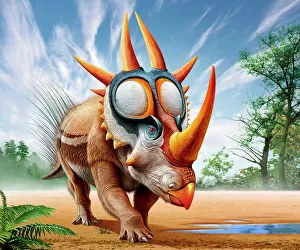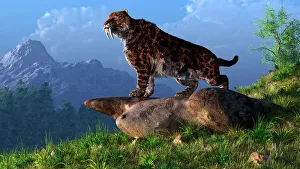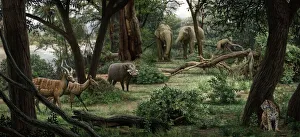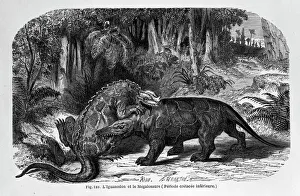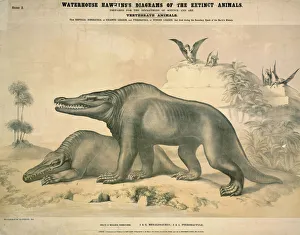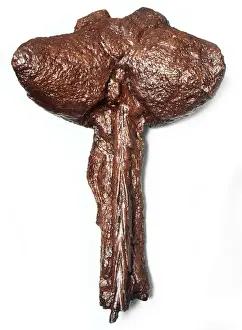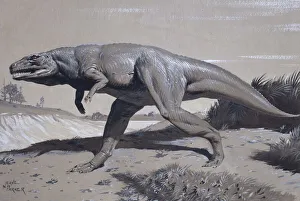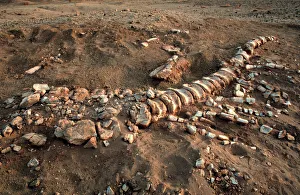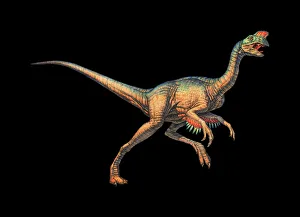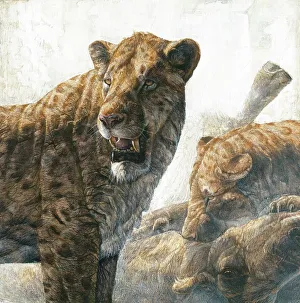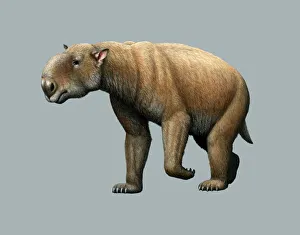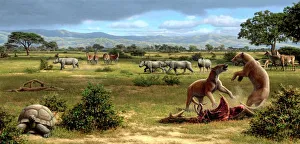Extinct Collection (page 3)
"Unveiling the Mysteries of Extinct Wonders: From Tasmanian Tigers to Archaeopteryx" Step into a world lost in time as you explore the captivating realm creatures
All Professionally Made to Order for Quick Shipping
"Unveiling the Mysteries of Extinct Wonders: From Tasmanian Tigers to Archaeopteryx" Step into a world lost in time as you explore the captivating realm creatures. Marvel at the enigmatic beauty of an antique map of Tasmania, where once roamed the elusive Tasmanian Tiger or Thylacine. Immerse yourself in its history and discover why this unique marsupial is forever etched in our memories. Behold the Thylacinus cynocephalus, known by many names - Tasmanian Tiger, Tasmanian Wolf, or simply Thylacine. Gaze upon its image and ponder over its fascinating blend of both dinosaurian and avian features. Some consider it a "missing link, " bridging the gap between dinosaurs and birds. Journey further back in time with fossils from the palaeozoic era, revealing ancient secrets locked within their delicate imprints. Admire an original cast of Archaeopteryx, hailed as "the first bird, " showcasing astonishing characteristics shared by both dinosaurs and modern avians. Witness firsthand nature's evolutionary wonders unfold before your eyes. Delight in a vibrant colored engraving capturing the essence of a dodo - that ill-fated flightless bird whose existence was tragically cut short by human intervention. Reflect on our responsibility towards preserving Earth's fragile biodiversity while cherishing these reminders from our past. Trace footsteps frozen in time with Laetoli fossil footprints – remnants left behind by early hominids who once walked this very earth millions of years ago. Contemplate their significance as windows into humanity's ancestral heritage. Gaze upon Triceratops, one of history's most iconic dinosaurs; marvel at Ichthyosaurus displayed like museum treasures; envision Mauritian Dodo with its curved bill and brown feet – all now mere echoes from distant epochs but forever etched within our collective consciousness.

